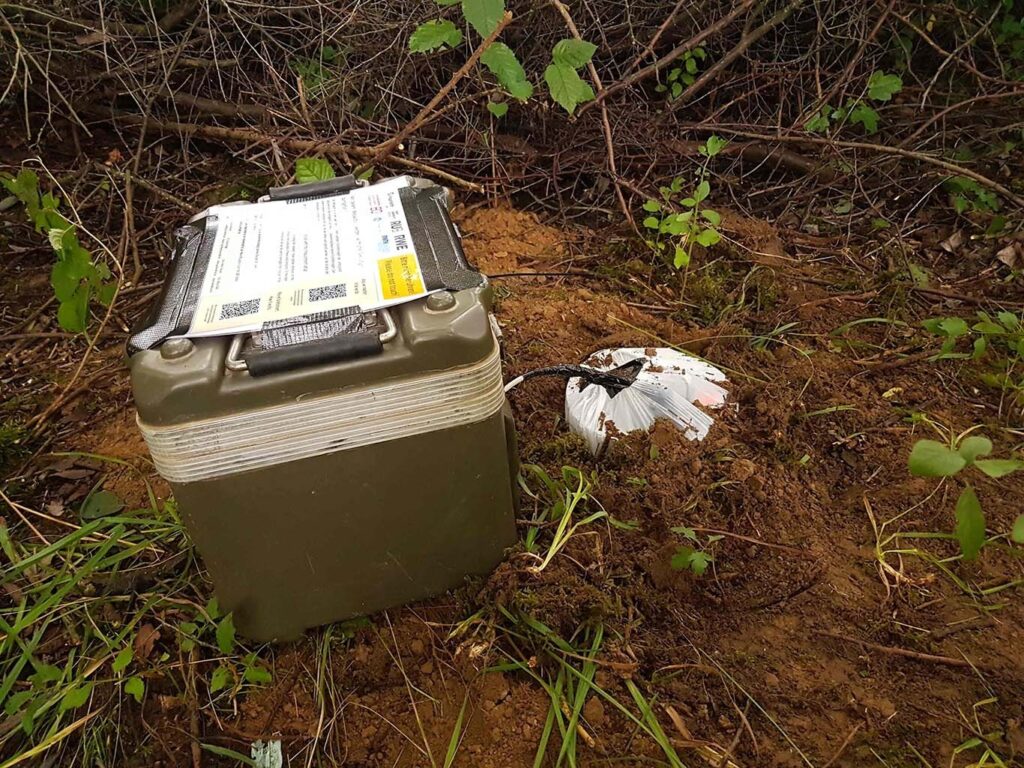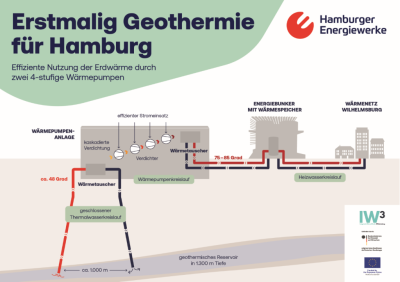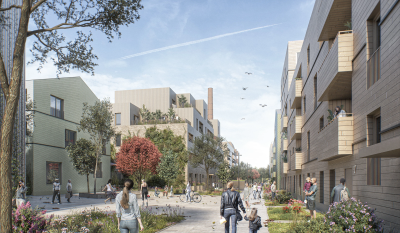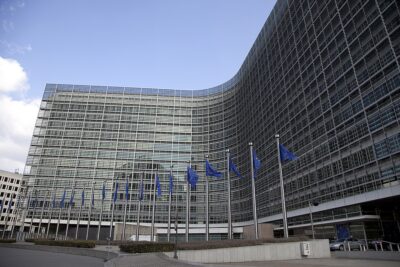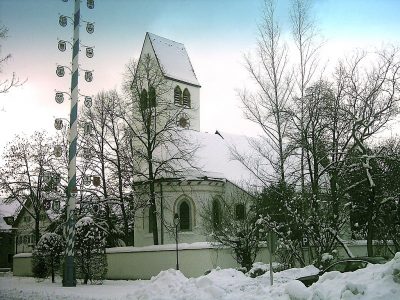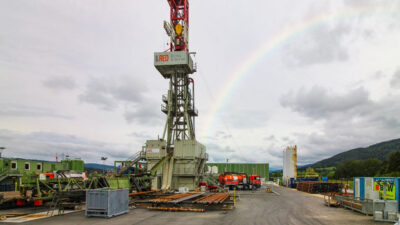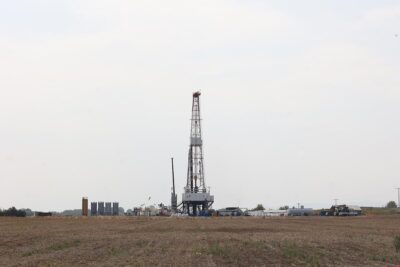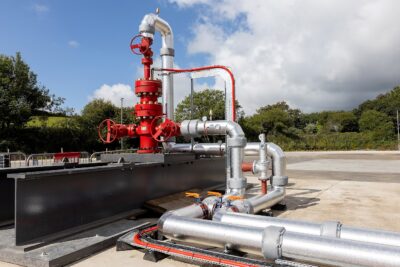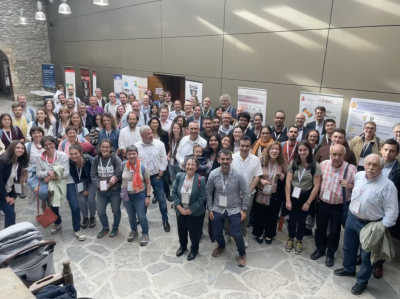SIEGFRIED project to evaluate induced seismicity risk of deep geothermal
The SIEGFRIED joint research project aims to develop better understanding of induced seismicity in deep geothermal operations, thus de-risking future projects.
Fraunhofer IEG, Ruhr University Bochum, RWE Power AG, and RWTH Aachen have started work on the “SIEGFRIED” joint project that aims to develop better understanding of the risk of induced seismicity in deep geothermal energy projects, thus managing the risk and promoting investments in this sector. The project is being funded by the German Federal Ministry of Economic Affairs and Climate Action (BMWK) with a total of EUR 1.845 million over the period of three years from 2023 to 2026.
More specifically, the project will focus on the Lower Rhine Bight / Lower Rhine Bay (Niederrheinsche Bucht) in the state of North Rhine-Westphalia, Germany. This is a tectonically and seismically active area that represents a promising geothermal reservoir.
“The findings, results and tools gained from the SIEGFRIED project will help to implement future geothermal energy projects in the Lower Rhine Bight reliably, efficiently and sustainably,” said Dr Claudia Finger of Fraunhofer IEG. “We want to understand seismicity in an interdisciplinary manner in order to provide the region with a low-risk and economical energy and heat supply through deep geothermal energy in the face of structural change.”
Findings from the Lower Rhine region can help create a sustainable energy economy and open up new business models. Due to the geological situation and the preliminary investigations carried out in the EU-Interreg project “DGE Rollout”, the real laboratory for geothermal energy planned at the site of the RWE Weisweiler power plant offers good conditions for implementing the knowledge gained.
A multi-disciplinary approach
The SIEGFRIED project will bring together existing data about subsurface geometry, properties of the subsurface, and geomechanical stress conditions from all partners and public datasets. This will then be complemented by the latest scientific measurements of seismic waves, ground movements, or rock stresses (among others) in existing boreholes.
The project will consider the location of the relevant rocks in quarries and outcrops, as well as material properties of samples in the laboratory. All this data will be used to develop numerical models, analyzing the stability of geological faults and characterizing the seismic risk in the Lower Rhine Bight region. By combining data from different disciplines and at different scales, boundary conditions and calibration options are optimized.
Building on the models, the project aims to simulate the effect of geothermal water extraction and reinjection in the region between Aachen and Düren in the Lower Rhine Bight. Conventional geothermal operations can cause changes in the temperature, pressure, and tension in the subsurface region, and the project will model how this affects natural seismicity on a large-scale and dynamic basis.
All information coming from the project will be made available to project partners and interested citizens. The results can then be the basis for location of a geothermal plant, as well as the threshold values of the facilities’ operating parameters and operational monitoring principles.
Seismic risks are manageable
The Lower Rhine Bight is characterized by natural seismicity at a moderate strength. Seismic activity in this region is hardly perceptible by humans, but is continuously being monitored. The tension from the large-scale movement of the tectonic plates are continuously released in small earthquakes.
Although there have been cases in the past of geothermal operations causing induced earthquakes, there are also dozens of operating power and heating plants that prove that these system can operate without inducing seismicity. Some of the successful examples are in Munich, Paris, and the Netherlands. The deeper understanding that the SIEGFRIED project aims to develop will help make induced seismicity unlikely.
The SIEGFRIED joint project will make a significant contribution to making future geothermal energy projects safer, more efficient, and more sustainable. The insights gained and tools developed in the project will help interested companies to weigh the costs and benefits of deep geothermal development in the region and reduce the uncertainty of investments. The workflows developed can also be applied to other regions, as well as to other related disciplines such as groundwater management or underground heat storage.
Source: Fraunhofer IEG
